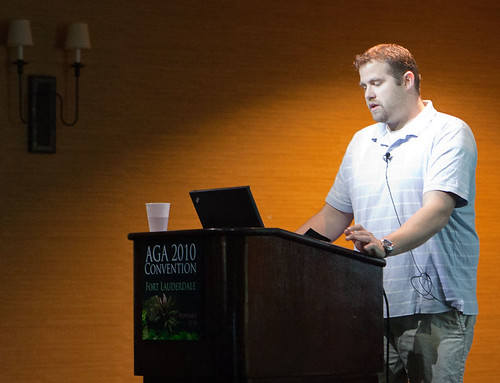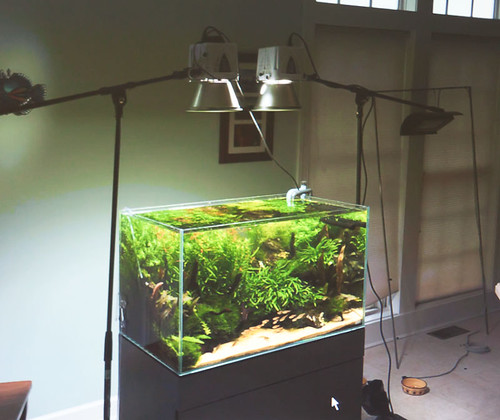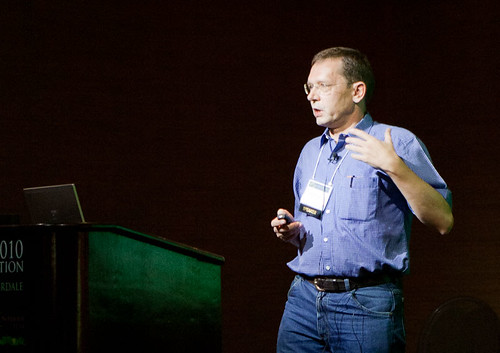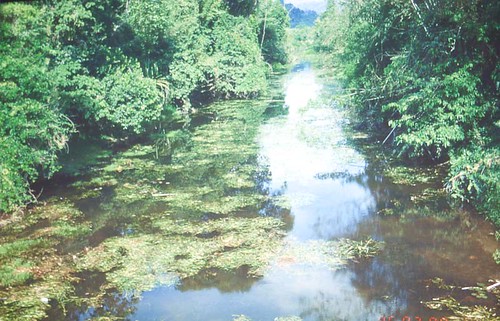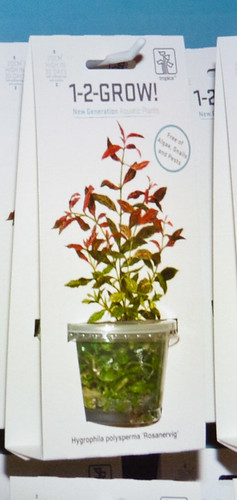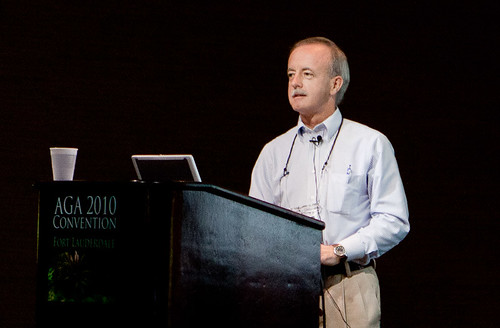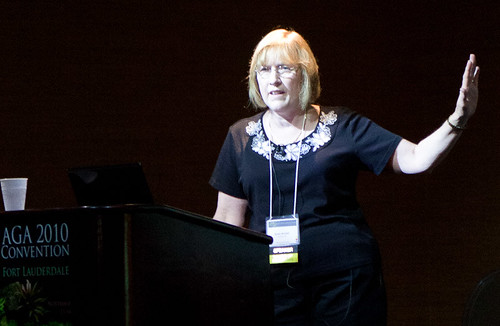AGA 2010 – Day 2 Speakers
November 14th, 2010On Saturday, the Aquatic Gardener’s Association’s convention continued with a great line-up of speakers.
Jason Baliban – Photography & Aquascaping Contest Preparation
Jason Baliban had the unlucky spot of having to wake and speak first thing in the morning to groggy attendees about photography. Nevertheless, he did a wonderful job discussing both beginner and advanced topics. Jason gave several tips for shooting aquariums using point-and-shoot cameras: turn off the flash, use manual settings, try the different built-in white-balance modes, try different zoom levels, etc. For me, I was very interested in some of Baliban’s more advanced photography methods.
He used several slides to demonstrate how he’s used photographic strobes to light his aquascapes, rather than simply piling lots of aquarium lights over a tank. This is a little bit of an expensive way to do it, but if you already used strobes for portrait or product photography, they’re a great way to get a tremendous amount of light over the tank. There were lots of questions from the audience during Jason’s talk, so he didn’t get to spend too much time on his advanced Photoshop tips, but he did show a tip where he added a small amount of blue light to the surface of one of his aquascapes to give the water a slightly cooler, crisp look. I’m going to try that one of these days. I’ve seen much of his presentation before at the last Aquafest convention, but am always impressed by Baliban’s ability to evolve his technique and offer a few new tidbits of information.
Claus Christensen – How to Make the Plants Happy & Avoid Algae
The second speaker was the world-renowned Claus Christensen, former Tropica executive, who is now spending most of his time traveling the world looking for new aquatic plants for the hobby. This sounds like somewhat of a dream job for many of us hobbyists, who enjoy exploring nature for possible aquarium plants. In this talk, Claus took us along on several of his trips to places like Brazil, Sri Lanka, Nepal, and Thailand where he collected new plants, but also surveyed and recorded the conditions for several plants already in the hobby.
One of the main threads of his presentation was to emphasize that plants rarely grow in optimal conditions in nature, so there’s often little point in trying to 100% mimic those conditions in our aquariums. Instead, most plants grow where they do in nature because they just so happened to be able to survive, out-competing plants for that particular swath of a river or bank. In the analysis of his data, he noticed that the mineral content of most plants where plants are found vary greater in the nutrient content, yet often times the same plants exist in these varied conditions. He did find, however, that pH and kH readings seem to be the most important measurements for determining whether or not plants would be present. To demonstrate many of these points, Claus showed several plants with tremendous adaptability, but the Crinum in particular seems to tolerate a wide range of conditions in Thailand. He showed one locality that he visited on several trips, and in some cases the Crinum were several meters under muddy water, other times, they were nearly completely dried up, and everything in-between. Of course, the Crinum uses its onion bulb to sustain through the different times. Finally, at the end of his presentation he showed a new packaging method Tropica is employing. They will be selling tissue cultured plants, still in culture cups, directly to the stores.
The benefit of this distribution method are that the plants will be completely sterilized, thus lasting longer on the store shelves. Plus, they will be able to be packaged with growing information, pictures, and for U.S. buyer, will be easier to import to other countries.
Michael Kane – The Secret Lives of Amphibious Plants
Unfortunately, I missed most of Dr. Kane’s presentation, but the pieces I did catch were very interesting. Mike Kane is an assistant chair and professor at the University of Florida, specializing in tissue culture with a passion for aquatic plants. He led the tissue culture workshop on Friday afternoon at the convention. During his talk, he described some of the research he’s done on figuring out what triggers an aquatic plant to grow submersed verses aerial leaves. The presentation was definitely above my head in many places, but I gathered that a hormone called ABA is responsible for triggering the change in leaf form for the Myriophyllum plants he was testing. Overall, it was an very informative presentation.
Karen Randall – Modern Aquascaping Design
Karen Randall is a mainstay at the Aquatic Gardener’s Association, and gave another great presentation at this years convention. In her talk, Karen drew from her tremendous experience as an aquascaping judge to describe several tips for how to do well in an aquascaping contest. In the beginning, she described the important design principles of thirds and various ratios when setting up a scape. Then, she progressed to sight-lines, which should run in a variety of fashions through an aquascaping in order to guide the viewers eye to the focal point. Open space, pathways, and fish selection are also important things to consider. She warned folks from including too many gimmicks in their scapes, such as waterfalls, fake backdrops, statues/figurines, etc, which often detract from the overall impression of the aquascape. Karen finished her presentation by showing several aquascapes up on the screen, and asking the audience to give their feedback about things they liked and dislikes, as a teaching tool to demonstrate the principles she talked about earlier.
Ghazanfar Ghori – Cryptocoryne
Ghazanfar Ghori is GWAPA member who was invited to be a speaker about Cryptcoryne, as he has gradually grown into a expert and master cultivator of rare crypts. Ghazanfar’s began his presentation by giving a brief background of the Cryptocoryne genus, which consists of 55 species, with only 8-9 being commercially cultivated in the hobby. He then proceeded to go through the various habitats that Crypts are found, including freshwater, hardwater, and blackwater areas. C. ciliata is the most widely distributed plant in the genus that has adapted to grow in a variety of conditions. After showing pictures of several species in their native habitats, Ghazanfar discussed keeping these plants in captivity. Primarily, he keeps his plants in emersed setups, which are merely aquariums filled with potted plants. The pots are filled with a 50/50 mix of sand and ADA Amazonia for his freshwater setup, while his blackwater tanks typically only use a moss substrate. Having seen Ghazanfar setup in person, I can vouch for his ability to successfully maintain and propagate these plants.
